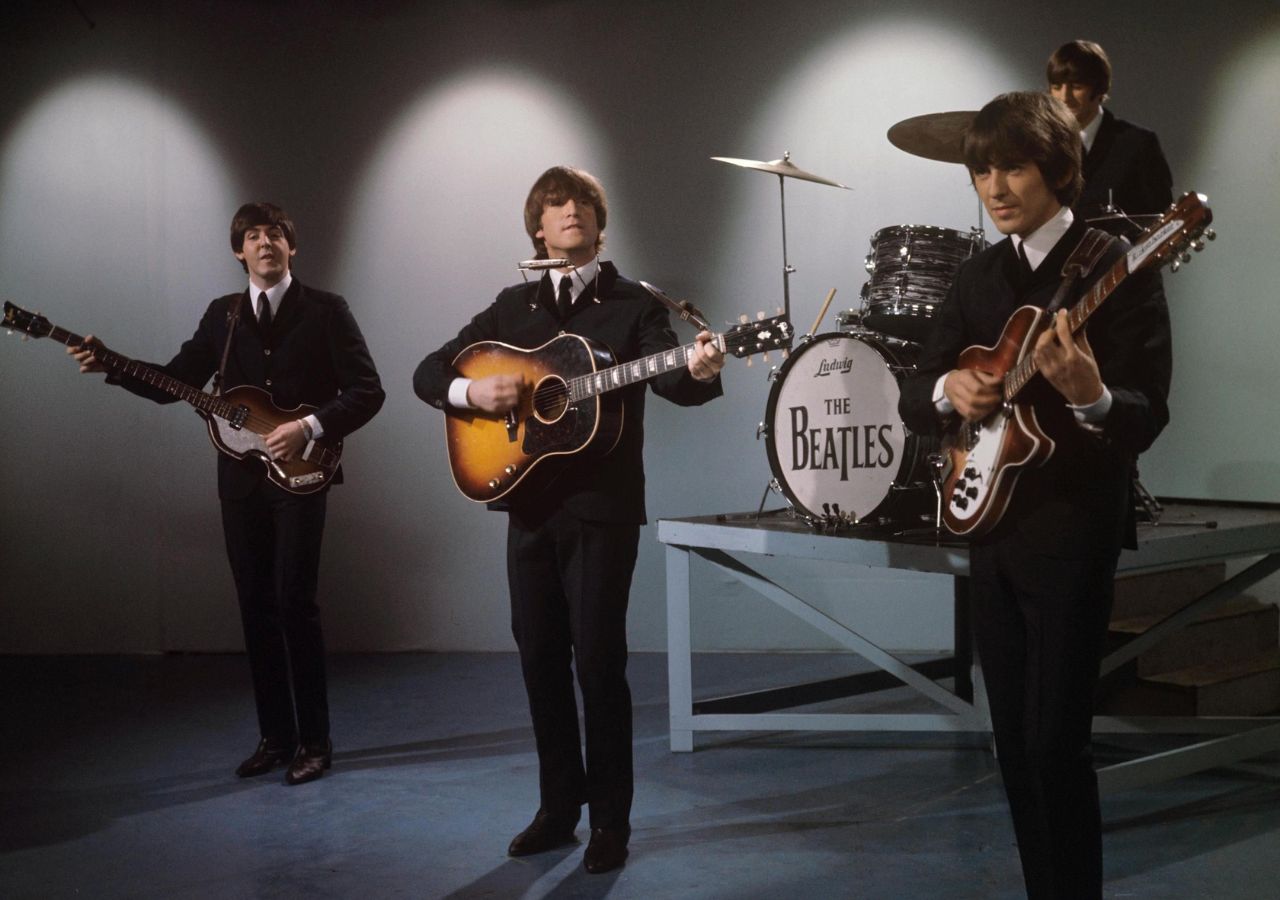About The Song
Emerging from the turbulent sessions that birthed the “Let It Be” album, “Don’t Let Me Down” pulsates with raw emotion, capturing a pivotal moment in The Beatles’ history. Composed solely by John Lennon, the song transcends its rock ballad shell, echoing anxieties about band tensions and personal vulnerability.
Born in January 1969, “Don’t Let Me Down” witnessed The Beatles grappling with internal conflicts and creative struggles. The band’s rooftop performance atop Apple Corps headquarters in London, immortalized in the “Let It Be” film, saw a powerful rendition of the song, its energy fueled by the precarious circumstances. Lennon’s impassioned pleas, directed both at his bandmates and an unidentified “you,” crackle with desperation, pleading for trust and support during a time of uncertainty.
Despite its B-side status to the single “Get Back,” “Don’t Let Me Down” quickly acquired an iconic status. The rooftop performance, a potent cocktail of defiance and vulnerability, solidified its place in Beatles lore. Paul McCartney’s soaring harmony vocals and Billy Preston’s electric piano add layers of texture and urgency, amplifying the emotional weight of Lennon’s lyrics.
Beyond its historical significance, “Don’t Let Me Down” resonates with a timeless universality. Its themes of fear, doubt, and the yearning for connection remain relevant, tapping into the inherent human vulnerability we all share. Whether a desperate cry for help within a relationship or a plea for unity in a disintegrating team, the song’s raw intensity transcends its specific context, making it a powerful anthem for anyone who has ever felt alone or uncertain.
So, prepare to dive into the world of “Don’t Let Me Down,” a song that pulsates with a raw, unfiltered emotional honesty rarely heard in popular music. It’s a journey through vulnerability, defiance, and the enduring power of connection, all wrapped in the unmistakable sound of The Beatles at a crossroads.
Video
